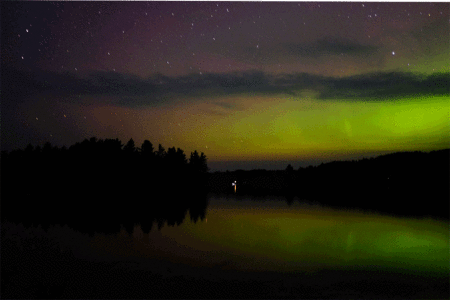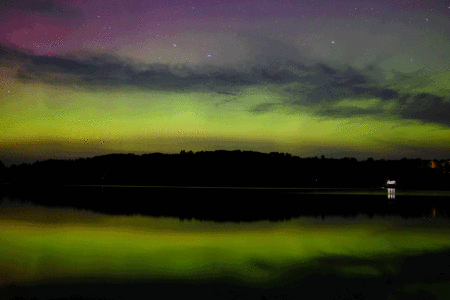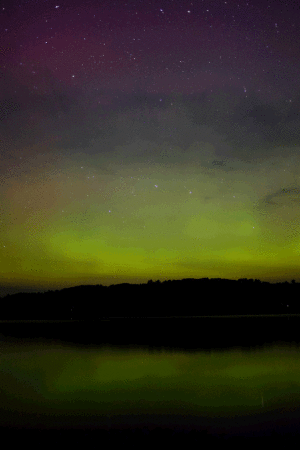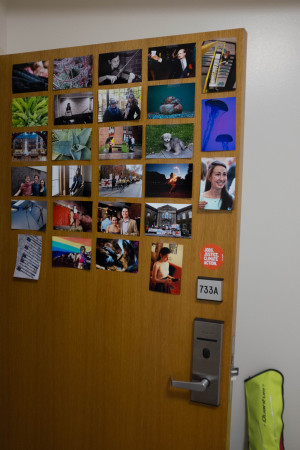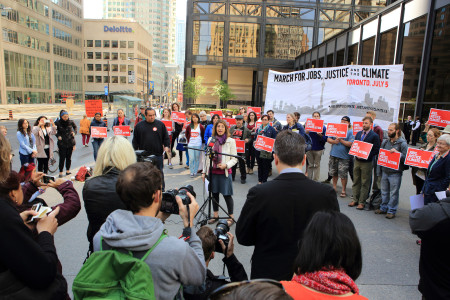Today I photographed the Christening of my cousin Ivanka’s son Petro Kyrylo Sochocky.
Category: Photography
Equipment, examples, history – all matters photographic
“Toxic Tour” of Sarnia’s chemical valley
On Saturday, the Aamjiwnaang First Nation brought in about 200 people by bus to witness firsthand the petrochemical complex that surrounds their reserve.
A number of Toronto350.org members took part, partly as a means of showing solidarity and support for aboriginal communities who are resisting fossil fuel development and climate change.
Post-wedding brunch
This past weekend, I was in Midland for my cousin Marko’s wedding.
The official wedding photographers/videographers asserted their exclusive domain over the wedding and reception, preventing me from getting any shots there (and saving me 12+ hours of post-processing).
I did get some shots at the family brunch the next morning. Several of the photos are of my cousin Tamara’s son Mykyta, who I have photographed before.
Watching the aurora
Thanks to the intervention of my friend Amanda, I spent the weekend at my friend Sabrina’s cottage on Paugh Lake, near Barry’s Bay, Ontario.
I had high hopes for a clear view of the fading Perseid meteor shower on Friday and Saturday night. Friday night was overcast and raining, though it was still remarkable to be in a place where rain falling on roofs and water, along with animal noises, were the only things audible. I am not sure when I was last outside a major urban area, but there haven’t been many cases since I moved to Toronto.
Saturday gifted us with perfect astronomical viewing conditions: far from city lights, and untroubled by the moon. We didn’t see a lot of meteors, but the sky was so full of stars that it made identifying familiar constellations a challenge. Across the sky, the band of the Milky Way was clearly visible, wheeling above us as the night went on.
Experimenting with some long exposures with my Fuji X100S (and a stepladder and dishcloth as an improvised tripod) I was surprised to see that the vague light in the northern sky came out as brilliant colour when photographed at 1600 ISO with a 30″ exposure.
I ended up spending hours photographing the aurora. There will be high quality images soon (and animated GIF is a terribly low-quality format for something so beautiful), but I wanted to put something up right away that would show the movement of the lights.
You may need to click the thumbnail to see the animation:
Aside from reducing the resolution and converting them to GIF format, these images are straight from the camera, not manipulated with any sort of software.
Decorative photos
CPSA 2015 photos
My photos from Ottawa and the 2015 Canadian Political Science Association conference are online.
March for Jobs, Justice, and the Climate media launch
A great set of speakers announced the July 5th March for Jobs, Justice, and the Climate to the media at Bay and King this morning, across the street from the Toronto Stock Exchange.
Naomi Klein at the March for Jobs, Justice, and the Climate media launch
Conference photos
Staff Appreciation BBQ
I got some photos at yesterday’s Staff Appreciation BBQ.
I also recently did portraits of Master Segal and my friend Jennifer.

